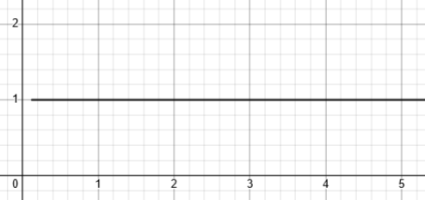sallyyu2022
New member
- Joined
- Jan 17, 2024
- Messages
- 3
how to prove the value of f = ( a + ((a+1)/3)*sqrt(((8*a-1)/3)^(1/3)) + nthroot(( a - ((a+1)/3*sqrt(((8*a-1)/3),3) is always 1
I try to use X=a+b, Y=a-b ,when b= ((a+1)/3)*sqrt(((8*a-1)/3)^(1/3) to simplify the function and then prove that (X+Y)^3=1. However, I got stuck when I come to the expansion equation.
I assume that binomial theorem could be helpful to some steps in the process, but I am not sure.
I try to use X=a+b, Y=a-b ,when b= ((a+1)/3)*sqrt(((8*a-1)/3)^(1/3) to simplify the function and then prove that (X+Y)^3=1. However, I got stuck when I come to the expansion equation.
I assume that binomial theorem could be helpful to some steps in the process, but I am not sure.
Last edited by a moderator:






